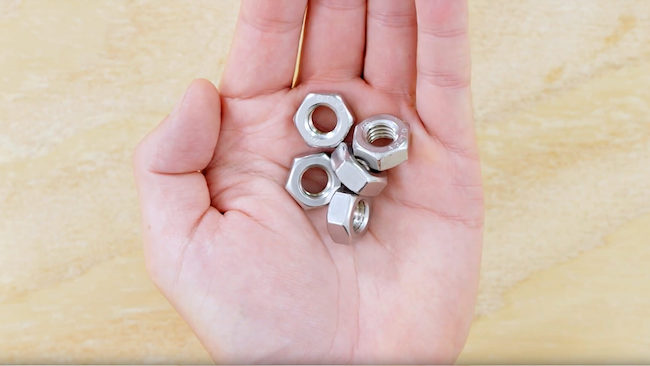
How to ship samples
A sample is usually a trial product sent from seller to potential buyer, who isn’t usually charged for receiving it. Many countries will only accept your goods as a sample if they meet strict conditions. To ensure a smooth shipment, let’s go through the information you need to provide and how to mark your product as a sample.
What products can I ship as samples?
There are some common items a client or a potential buyer may want to examine before purchasing commercial quantities, such as apparel, kitchenware and food. However, pretty much any retail product can be shipped as a sample as long as it's prepared accordingly.
It’s important to remember that samples from the pharmaceutical, chemical or bio-industry may fall under a separate category and therefore are subject to different shipment and customs regulations.
Does my sample require a commercial invoice?
Even samples of low value require a commercial invoice. This should include a realistic value, detailed description and reason for export – in this case, it’s ‘sample’. This way, customs will know the goods are not for commercial use.
Do I have to provide a value for the sample?
Yes. Even though buyers aren’t normally charged for the sample, sellers must declare an accurate value – if you’re not sure what it’s worth, ask yourself, ‘how much would this sample cost to replace?’.
How do I prepare my samples for shipping?
For a product to qualify as a commercial sample it needs to be altered in a way that makes it unsuitable for resale. For example, the general rule for clothing is that a mark must be clearly visible on the outer side of the garment, making the product unsuitable for wear and use. Samples should also be shipped in small quantities with a limited range of available sizes and dimensions.
Here are some of the most common product alterations used:
Bags
A perforation, a tag sewn in a conspicuous place or a permanent marking with the words ‘sample, not for resale’ clearly visible.
Clothes
A cut or a tear made in the outer part of the garment and not on the seams or at the bottom – this should be visible when the clothes are worn. Printing the garment with the words ‘sample, not for resale’ printed in indelible ink would also qualify as a suitable alteration.
Shoes
A hole drilled in the sole or ‘sample, not for resale’ printed on the outer side of the shoe in insoluble ink.
Books and makeup
These should have a clearly visible label affixed to them stating that this item is a sample and is not for resale.
Furniture and household objects
These can be marked by carving or printing the words ‘sample, not for resale’ on the outside.
Food and drink
Edible samples should be packed in small, sample-sized packaging that is clearly marked with words ‘sample, not for resale’.
Do I have to pay duties and taxes?
No, taxes usually don’t apply to samples. For this reason, they may never be sold commercially. By tearing, perforating, or permanently marking your samples, you can make sure you comply with any requirements. Remember to check the exact rules and regulations that apply to your samples with the relevant authorities or the receiver.
What else do I need to keep in mind when shipping samples?
You need to be aware that some countries have restrictions on samples and only allow goods through customs that meet strict conditions.
Double-check you’ve completed the commercial invoice and have all other necessary documents ready for shipping.
Shipping requirements and documentation may vary between carriers. This website is designed to provide general information related to shipping. If you’re unsure of the shipping requirements that apply to you, check with your carrier. Make sure to check the rules and regulations of the country you’re shipping from and to prior to shipping. You can find this information on government websites.


